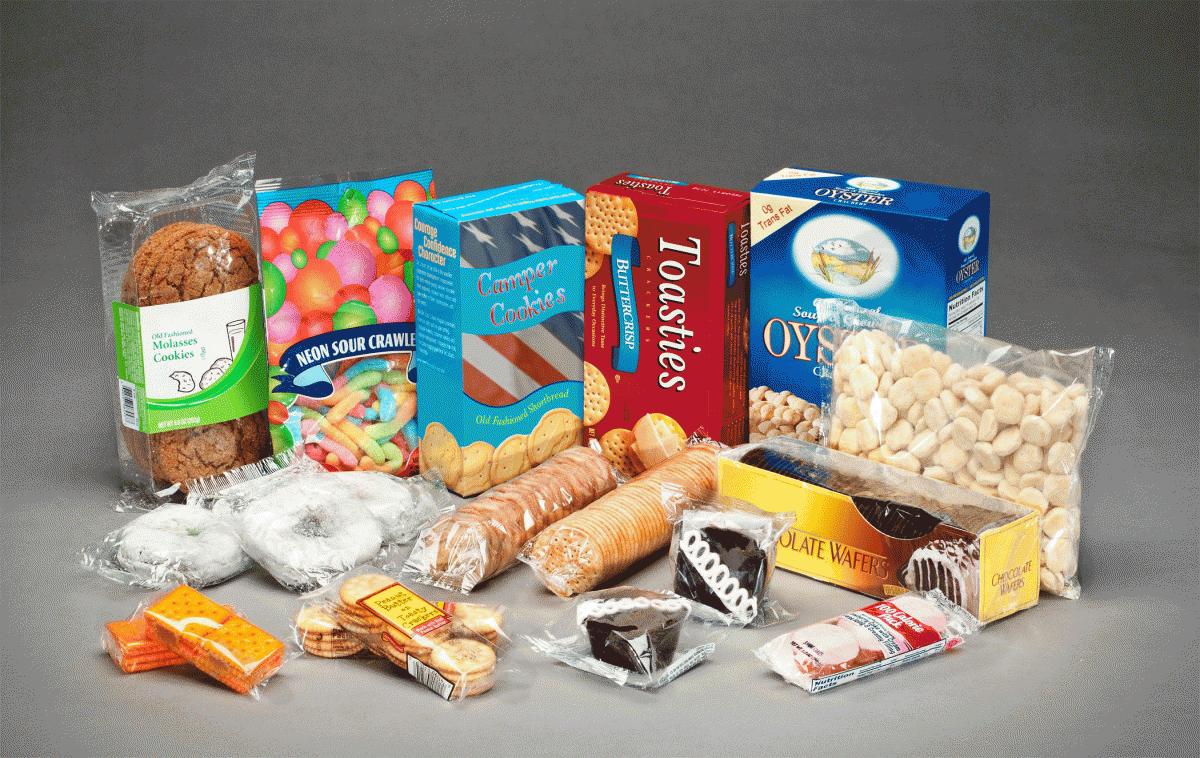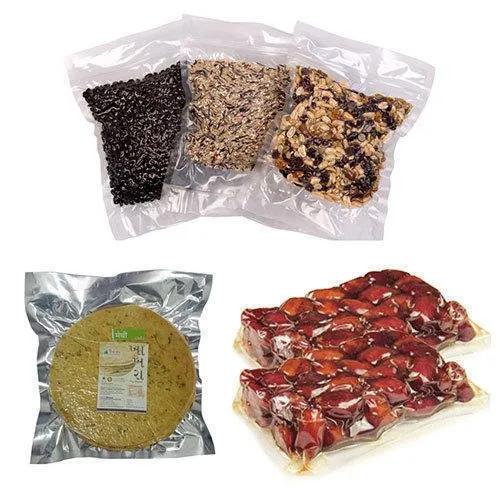2、 Specific application of PVDC composite membrane in China:
China has started the practical application of PVDC resin since the early 1980s. First, the birth of ham sausage introduced PVDC film into China. Then Chinese companies broke the blockade of the United States and Japan on this technology and introduced the processing technology and equipment of PVDC film. With the continuous growth of China’s national economy and the improvement of people’s material and cultural life, the level of demand for packaging is also increasing. More and more functional packaging is widely used in all aspects of the national economy and people’s livelihood. PVDC is a leader in achieving high barrier packaging structure cost efficiency and reliable moisture, oxygen and odor barrier.

Since everyone has more knowledge of PVDC casing film, here we will focus on the technical methods and properties of PVDC composite film. The composite film makes up for the shortcomings of each material, gives full play to its excellent performance, and has characteristics that a single material does not have. Common composite methods of PVDC:
Coating, dry, solvent-free, hot-melt, co-extrusion, etc. At present, the domestic production of PVDC composite film mainly adopts coating method, dry method, solvent-free and co-extrusion method:
1) PVDC coating film
PVDC latex coating is applied on the surface of the substrate (OPP, PA, PE, PET, etc.) to form a composite film to improve the gas barrier performance of the substrate. Performance characteristics:
Good barrier; The thickness of PVDC layer is generally 2~3um, with low cost; Can not withstand high temperature cooking.
2) PVDC laminated composite membrane
It is composed of multiple single-layer films, and each layer is bonded with adhesive. It can be divided into:
Dry (solvent) lamination and solvent-free lamination.

Performance characteristics:
A. With high barrier property and flexible structure, it can be compounded with BOPA, CPP, CPE, BOPP, BOPET, PVC and other films (for example, BOPP, PET, PA can be used as the outermost printing layer, PE, CPP and other good thermal sealing effects can be used as the thermal sealing layer, PA’s good puncture resistance can be used as the puncture resistance layer, and PVDC can be used as the barrier layer to block oxygen and water).
B. Good temperature resistance. It can be made into high temperature and low temperature resistant structural composite film with temperature resistance of – 20 ℃~121 ℃;
Good mechanical and heat-sealing properties, suitable for a variety of packaging machinery, color printing, limited by single film, meanwhile the thickness of each layer can not be very thin and the number of composite layers should not be too many (generally not more than 5 layers).
3) PVDC multilayer co-extruded composite film
A variety of plastics are extruded by multiple extruders at one time through a die head to form a film with orderly arrangement, obvious interlayer issuance, tight binding and consistent interlayer thickness. According to different forming methods, it can be divided into co-extrusion blown film and co-extrusion cast film. PVDC material is generally used as the intermediate barrier layer of composite film. Performance characteristics: high barrier, good hygiene, adhesive resin is used for bonding, avoiding the problem of solvent residue in dry composite (solvent-based), and can be cooked at less than 100 degrees; The film can be processed by secondary thermal forming by using flow branch production; There are many layers that can be made, and now it has reached 13 layers. The interlayer thickness can be made very thin, which can save the amount of resin with high price and obtain a more economical cost performance.
Post time: Jun-06-2023
